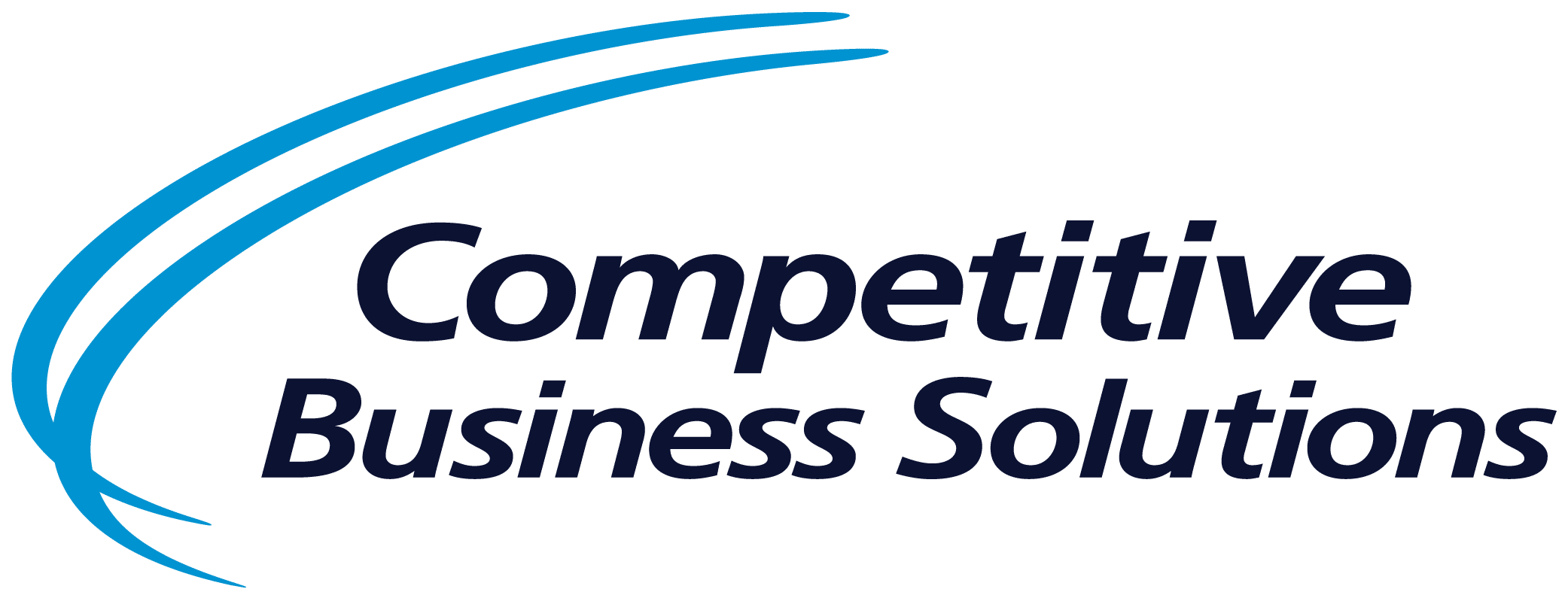In the early days of my career, I worked for a manufacturing firm under a very astute CEO. We were in the middle of a critical project when he asked me to take on a significant task. He didn’t just send an email saying, “Do this.” Instead, he made a point to explain why the task was important, ensured I understood it, specified the timeframe, told me when he would follow up, and then asked if all that was acceptable to me. This effective delegation strategy left a lasting impression on me and taught me a valuable lesson about the lost art of work assignments.
A Lost Art
Today, in many companies, tasks are often assigned in a haphazard manner. An email is sent out with a list of tasks but without any explanation of their importance or how they fit into the larger picture. This approach often leads to lackluster performance because employees feel disconnected from the overall objectives. When tasks remain incomplete, the response is usually to send another email or escalate the issue by copying in the employee’s boss.
In today’s increasingly virtual business environment, effective delegation has never been more crucial. It plays a pivotal role in keeping employees motivated and engaged. However, writing an email that clearly communicates expectations and holds people accountable isn’t always easy.
Effective Delegation
The secret to effective delegation lies in understanding who you’re talking to. Employees typically fall into three categories: self-motivated individuals who need little guidance, those who require some prodding, and those who need clear direction and accountability.
Self-motivated employees are an asset to any organization, but they usually make up only 10-15% of the workforce. To achieve your objectives, you also need to effectively manage and motivate the majority of your employees who require more guidance and support.
So, how do you delegate work effectively? Here are five basic questions of delegation that were taught to me by that astute CEO early in my career:
- What is the task? Clearly define what needs to be done.
- Why is it important? Explain how the task fits into the larger project or company goals.
- How should it be done? Provide any necessary instructions or resources.
- When does it need to be completed? Provide a clear timeframe.
- When will you follow up? Establish a date for a progress check or final review.
- Finally, ask the employee if they understand and are comfortable with the task and expectations. This approach not only ensures clarity and accountability but also makes the employee feel valued and involved.
The art of work assignments may appear lost in many organizations, but it doesn’t have to be. By understanding who you’re delegating to and by clearly defining tasks, importance, process, timeframe, and follow-up, you can effectively delegate tasks and motivate your team. In doing so, you’ll not only improve productivity but also cultivate a more engaged and committed workforce.



